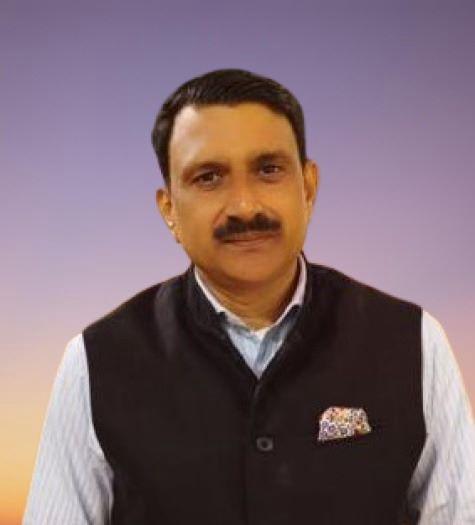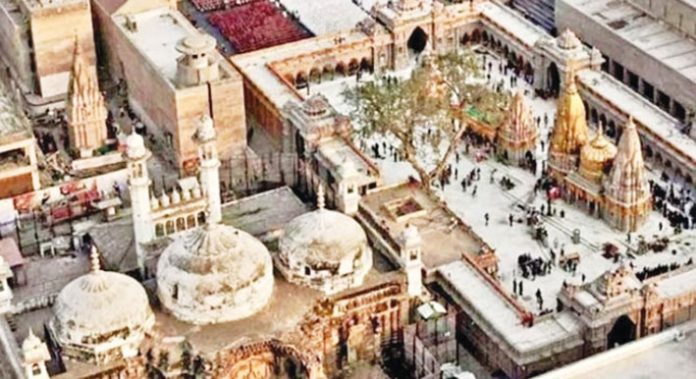Archaeological Survey of India (ASI) report reveals that there are significant evidences which point to the existence of a substantial Hindu temple beneath the Gyanvapi mosque in Varanasi. Findings of ASI report revealed by Vishnu Shankar Jain who is representing the Hindu side in the legal duspute.
The report sheds light on the structural details and inscriptions found, indicating the temple's presence before the mosque was constructed. Despite these findings, the Muslim side refrained from commenting until reviewing the ASI report themselves.
“…it can be said that there existed a large Hindu Temple prior to construction of existing structure (Mosque)”, concludes Archaeological Survey of India's report. Excerpts from the ASI report provide compelling evidence of the temple's existence and subsequent incorporation into the mosque's construction. Detailed examination of pillars, plasters, and carvings suggests the deliberate reuse of temple materials with minimal modifications in the mosque's enlargement and courtyard construction. “Pillars from earlier temples were reused while making cellars in the eastern part of the platform.
A pillar decorated with bells, niches for keeping lamps on all 4 sides, bearing an inscription of Samvat 1669 (corresponding to 1613 СЕ, January 1) is reused in cellar N2″ : ASI The report highlights specific structural elements, such as the central chamber, main entrance, western chamber, and wall remnants, as integral parts of the pre-existing Hindu temple. While some chambers' remains are still discernible, others, like the eastern chamber, are obscured beneath modern flooring. Inscriptions found within the structure further validate the temple's existence, with 34 recorded inscriptions, including Devanagari, Grantha, Telugu, and Kannada scripts. Notably, the reuse of earlier inscriptions suggests the destruction of prior structures, with mentions of deities like Janardhana, Rudra, and UmeSvara. “…earlier structure was destroyed and its parts were reused in the construction/repair of the existing structure (#GyanvapiMosque). Three names of deities such as Janardhana, Rudra & Umēśvara are found in these inscriptions” : ASI's report.
Of particular significance is an Arabic-Persian inscription dating the mosque's construction to the 20th regnal year of Aurangzeb (1676-77 CE), indicating the temple's likely destruction during his reign.
The report concludes that while parts of the original structure were modified and incorporated into the Gyanvapi mosque, the temple's existence and subsequent demolition are evident.
The ASI report's findings have reignited the debate surrounding the Gyanvapi mosque, adding historical and archaeological dimensions to the ongoing legal dispute. While the Hindu side sees the report as validation of their claims, the Muslim side's reserved response suggests the need for thorough examination and analysis before drawing conclusions.

Ram Kumar Kaushik is a seasoned journalist with over 25 years of experience across mediums. The architect of this news website, he is also a consultant with several media groups. He was formerly the group managing editor of ITV Network (NewsX, India News and The Sunday Guardian) and its digital products.



